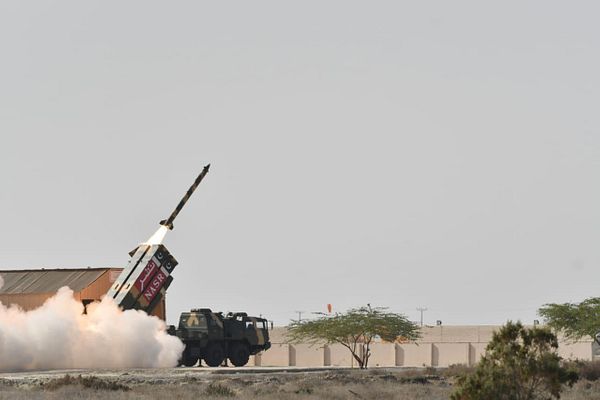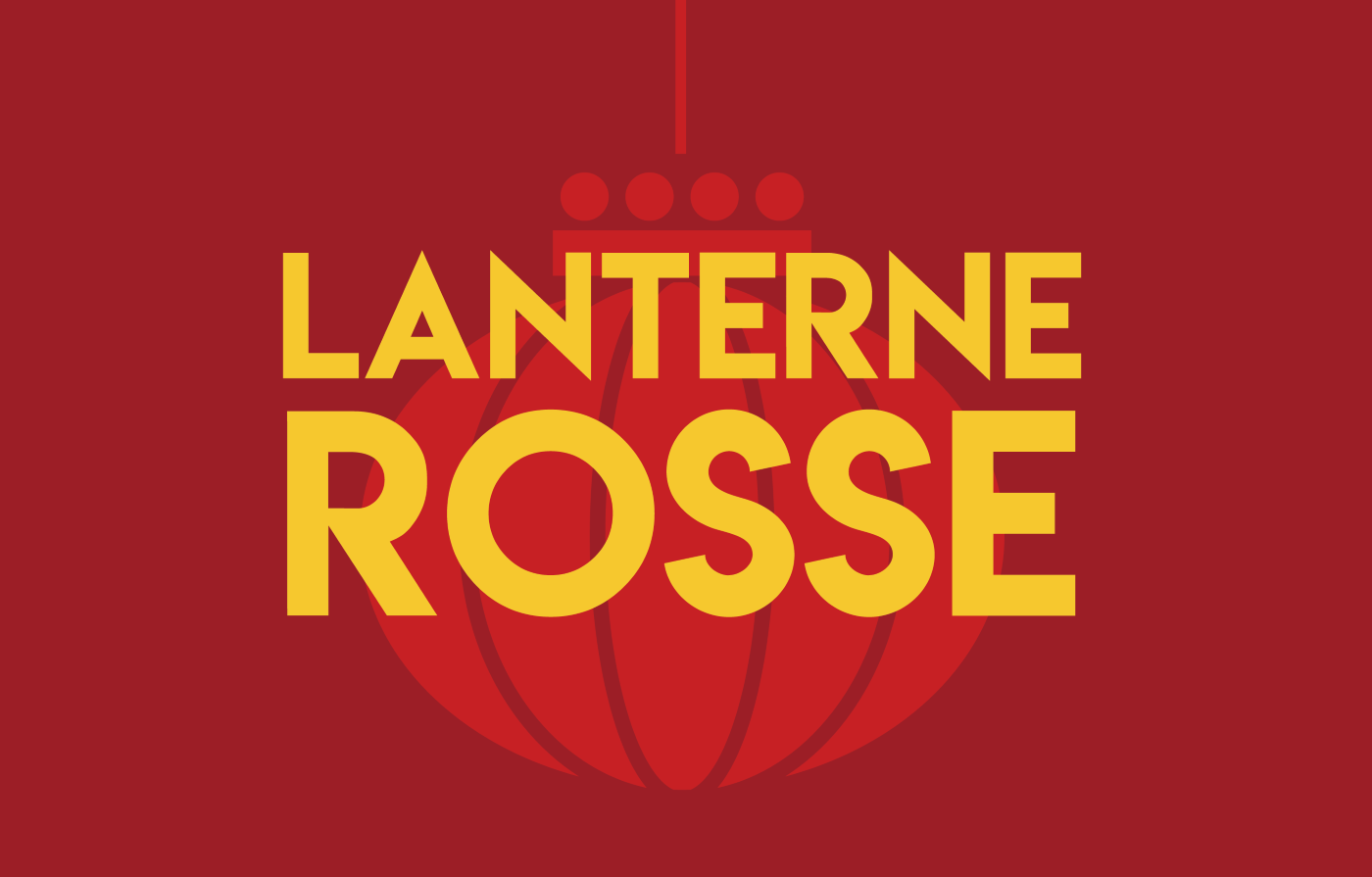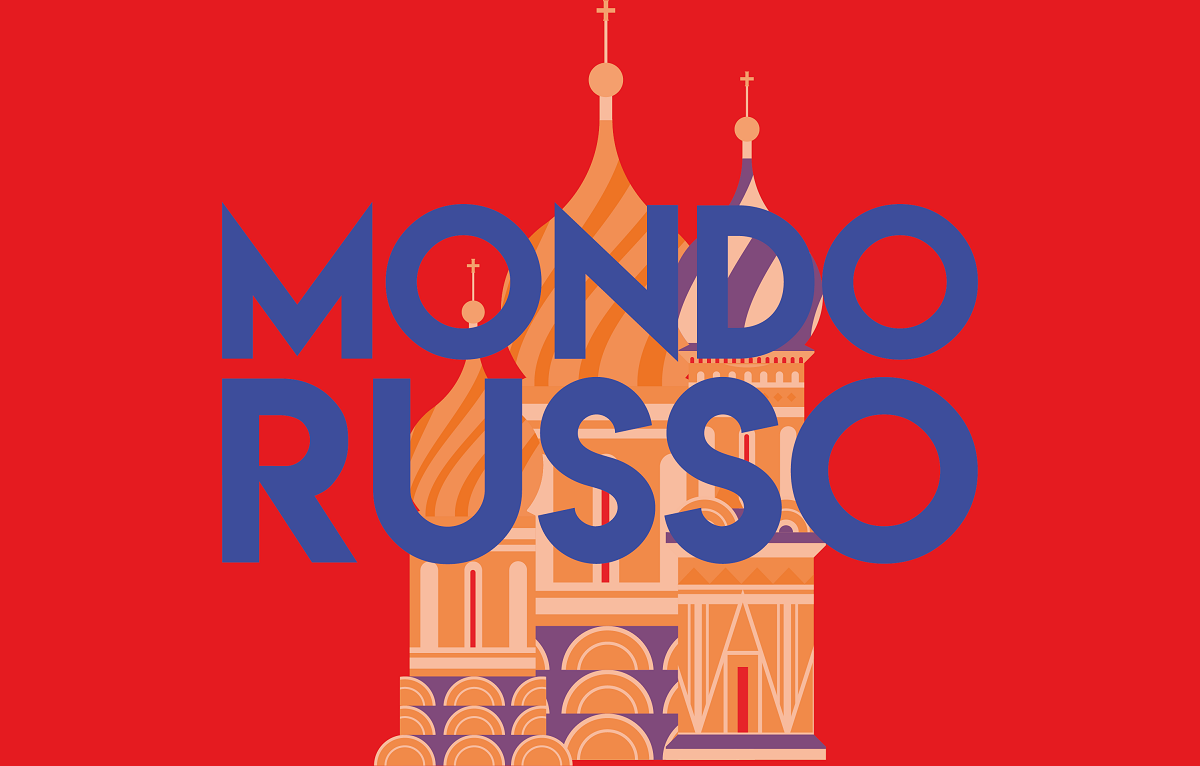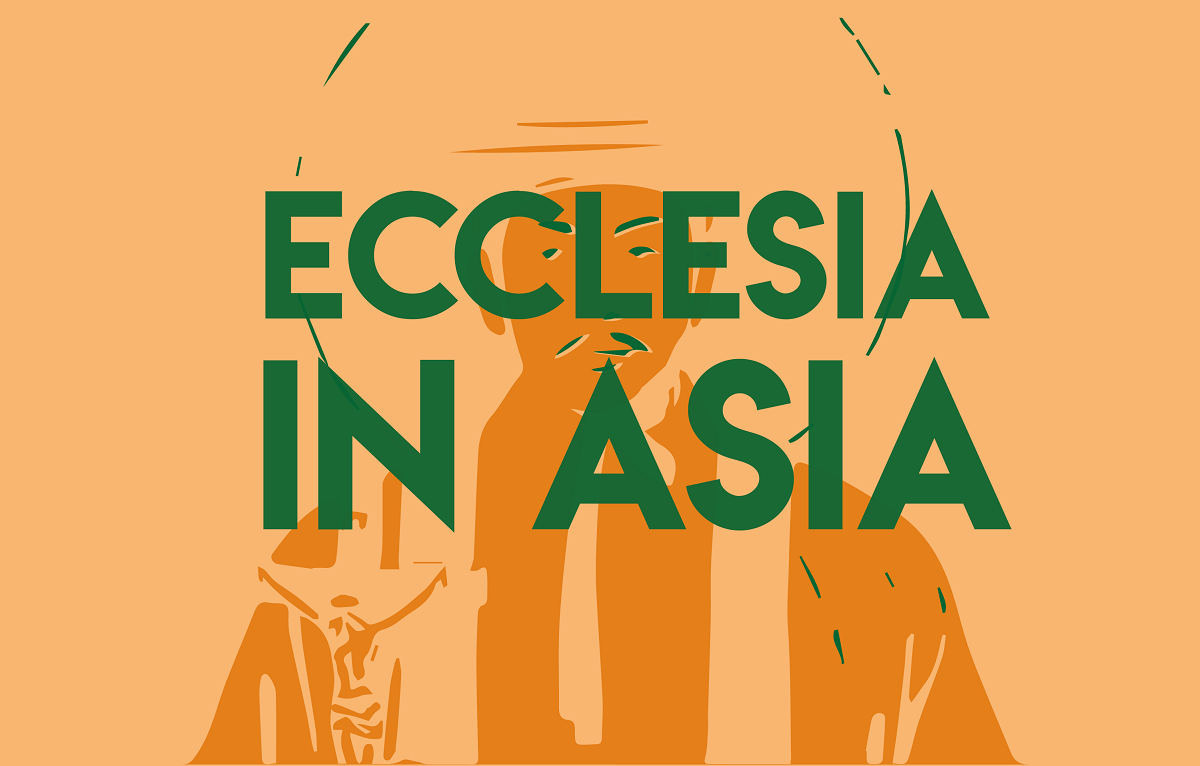SIPRI: Asia at the forefront of the new nuclear arms race
Just as Israel's attack puts Iran's nuclear programme front and centre, the new report from the Stockholm International Peace Research Institute reveals the growth and modernisation of all of the world's nuclear arsenals. China, India, Pakistan, and North Korea have expanding programmes, while agreements signed by Russia and the United States to limit the number of strategic warheads will expire soon. Today “nuclear weapons do not prevent conflict,” says an expert. Instead, “They also come with immense risks of escalation”.
Stockholm (AsiaNews) – While the world watches Israel war wage against Iran to prevent it from developing a nuclear weapon, the Stockholm International Peace Research Institute (SIPRI) has released details on the nuclear programmes of other nuclear-armed states, namely the United States, Russia, the United Kingdom, France, China, India, Pakistan, North Korea, and Israel.
Every year, the institute publishes an assessment of the state of armaments, disarmament, and international security. The research institute says all these countries have upgraded their arsenals with newer weapons over the past year.
As of January 2025, SIPRI estimated that there were 12,241 nuclear warheads worldwide, with 9,614 ready for use, mostly by Russia and the United States, although “China may now keep some warheads on missiles during peacetime”.
SIPRI stresses that the trend of gradually reducing nuclear warheads after the end of the Cold War could be reversed in the coming years, as the rate of dismantling is slowing, while the deployment of new nuclear weapons is accelerating.
“[W]e see a clear trend of growing nuclear arsenals, sharpened nuclear rhetoric and the abandonment of arms control agreements,” said Hans M. Kristensen, Associate Senior Fellow with SIPRI’s Weapons of Mass Destruction Programme and Director of the Nuclear Information Project at the Federation of American Scientists (FAS).
China’s has the fastest growing arsenal. According to SIPRI, the People’s Republic has at least 600 nuclear warheads, manufacturing around 100 each year since 2023. Still, for SIPRI, “even if China reaches the maximum projected number of 1,500 warheads by 2035, that will still amount to only about one third of each of the current Russian and US nuclear stockpiles.”
Russia and the United States together possess around 90 per cent of all nuclear weapons.
Elsewhere in Asia, SIPRI estimates that India expanded its nuclear arsenal in 2024, while Pakistan continued to develop new delivery systems and stockpile fissile material, suggesting it could expand its nuclear weapons stockpile over the next decade.
North Korea, which says that its nuclear programme is essential for its national security, already has at least 50 nuclear warheads, plus enough fissile material for 40 more.
In July 2024, South Korean officials warned that Pyongyang was in the “final stages” of developing a “tactical nuclear weapon”. In November, Kim Jong-un called for a “limitless” expansion of the nuclear programme.
Israel – which does not publicly admit to possessing nuclear weapons – is also believed to be modernising its nuclear arsenal and upgrading a plutonium production site in the Negev desert town of Dimona.
SIPRI says that France is pursuing several programmes to modernise its missiles, while expecting the United Kingdom to increase its own nuclear arsenal, after its 2023 Integrated Review Refresh confirmed earlier plans to raise the ceiling on warhead numbers.
While the United States and Russia continue to dominate in terms of warhead numbers, both are facing increasing delays and financial difficulties.
Overall, the number of warheads in 2024 has so far remained largely unchanged, but SIPRI says an increase is possible in the coming years.
In the United States, nuclear advocates believe an increase is necessary in response to China's growing stockpile.
In February 2026, the New START agreement between Russia and the United States expires. Signed in 2010, it aimed to limit the number of “strategic offensive arms,” i.e. warheads that can be mounted on strategic missiles (strategic weapons concern mutual deterrence, while tactical weapons refer to actual use on a battlefield).
As there are no signs of a desire to renew or sign a new agreement, SIPRI warns of the risk of a new nuclear arms race, one that “carries much more risk and uncertainty than the last one,” its director, Dan Smith, said.
“The signs are that a new arms race is gearing up that carries much more risk and uncertainty than the last one,” Smith added in a stark warning about the risks of a new nuclear arms race.
Furthermore, the rapid development of new technologies is disrupting nuclear capabilities and the concepts of deterrence and defence.
The use of AI in decision-making increases the risk of a nuclear conflict breaking out due to communication errors, misunderstandings, or technical accidents. In this context, classic forms of calculation are no longer sufficient to determine the advantage of one country over another, making the global situation even more uncertain.
Furthermore, growing nuclear debates in Europe, the Middle East and East Asia suggest that other states could develop their own nuclear weapons.
Against this backdrop, “It is critical to remember that nuclear weapons do not guarantee security,” said Korda, one of the authors of the report.
“As the recent flare-up of hostilities in India and Pakistan amply demonstrated, nuclear weapons do not prevent conflict. They also come with immense risks of escalation and catastrophic miscalculation – particularly when disinformation is rife – and may end up making a country’s population less safe, not more.”
27/04/2020 16:04
15/04/2005
03/03/2020 13:42







.png)










